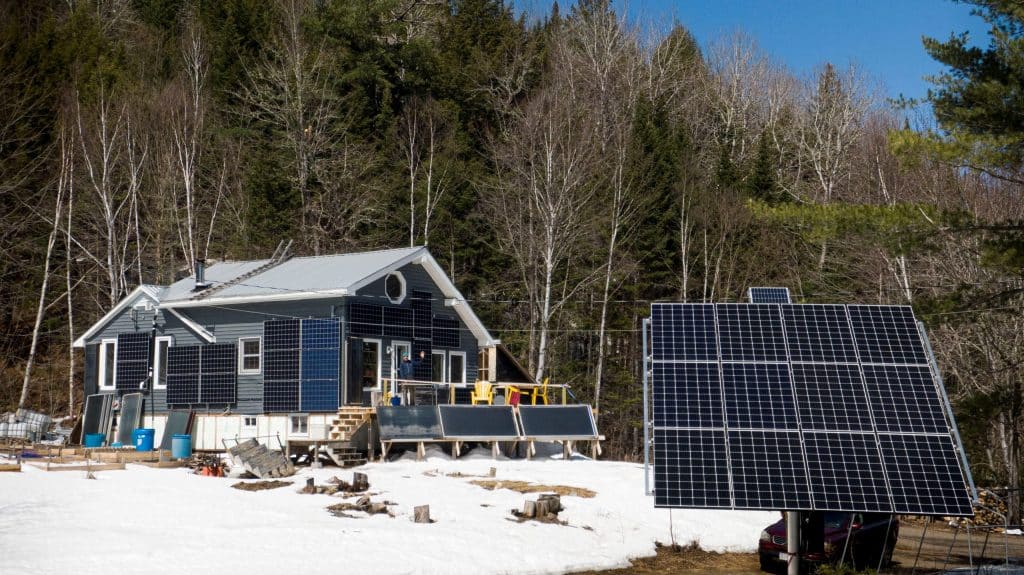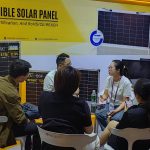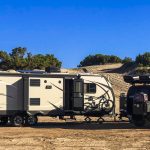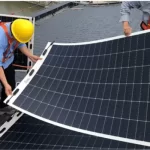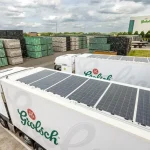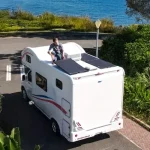The tiny house movement has revolutionized how we think about sustainable living, and solar power has become an integral part of this revolution. As more people embrace the minimalist lifestyle, the integration of solar energy systems has become not just an eco-friendly choice, but often a necessity for true off-grid living. This guide will walk you through everything you need to know about using solar panels for tiny houses, from basic concepts to advanced considerations.
Understanding Solar Power Basics for Tiny Houses
Solar power systems for tiny houses work by converting sunlight into usable electricity through photovoltaic cells. A complete tiny house solar system consists of several key components:
- Solar Panels: The primary collectors of solar energy
- Charge Controller: Regulates power flow to protect batteries
- Battery Bank: Stores energy for later use
- Inverter: Converts DC power to AC power for household use
- Monitoring System: Tracks energy production and consumption
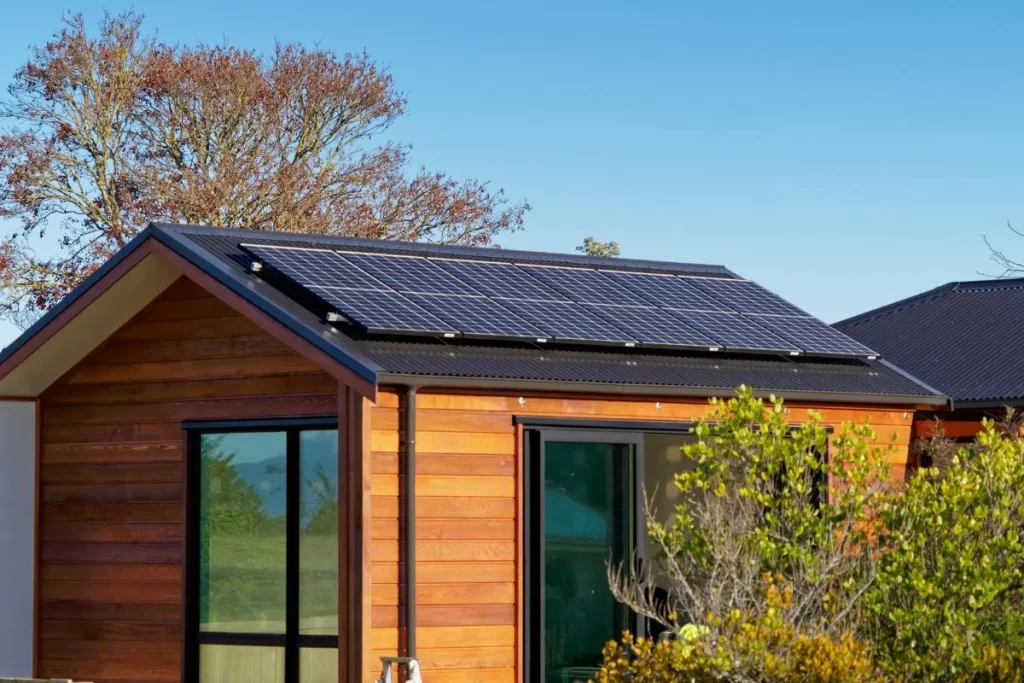
Typical System Sizes for Tiny Houses
When planning a solar system for your tiny house, understanding the relationship between house size, power needs, and system capabilities is crucial. The table below provides general guidelines for system sizing, but it’s important to note that these recommendations are based on typical usage patterns and average sunlight conditions. The size of your house directly influences your energy needs through factors like heating/cooling requirements, number of appliances, and overall electrical load.
| House Size (sq ft) | Recommended System Size | Average Daily Production | Estimated Cost Range |
| 100-200 | 1.5-2.5 kW | 6-10 kWh | $4,500-$7,500 |
| 200-300 | 2.5-3.5 kW | 10-14 kWh | $7,500-$10,500 |
| 300-400 | 3.5-4.5 kW | 14-18 kWh | $10,500-$13,500 |
Calculating Your Tiny House Energy Needs
Accurately calculating your energy needs is one of the most critical steps in designing your tiny house solar system. Many people underestimate their power requirements, leading to an undersized system.
| Appliance | Average Wattage | Daily Usage (hours) | Daily Energy (Wh) |
| LED Lights | 10-20 | 5 | 50-100 |
| Refrigerator | 400-600 | 24 | 2,400-3,600 |
| Microwave | 1000 | 0.5 | 500 |
| Laptop | 50-100 | 4 | 200-400 |
| Mini Split AC | 900-1200 | 6 | 5,400-7,200 |
| Water Heater | 1500 | 2 | 3,000 |
To calculate your total daily needs, add up the daily energy consumption of all your appliances and multiply by 1.2 to account for system losses.
Choosing the Right Solar System
Selecting the appropriate solar system for your tiny house requires careful consideration of your power needs, location, and lifestyle. The two main options available are grid-tied and off-grid systems, each offering distinct advantages and considerations for tiny house living.
Understanding Grid-Tied Systems
Grid-tied systems connect to the local power grid, offering significant cost savings and operational benefits. These systems typically cost 20-30% less to install than off-grid systems since they don’t require battery storage. When your panels produce excess electricity, they feed into the grid through net metering programs, potentially reducing your electricity bill to zero or even earning credits. During cloudy days or at night, you can draw power from the grid, ensuring reliable electricity without the need for battery storage.
If you would like to learn more about on-grid systems, you can find additional details in our article: Advantages and Disadvantages of an On-Grid Solar System: Complete Guide
Exploring Off-Grid Systems
Off-grid systems provide complete energy independence but require more careful planning and investment. They must be sized to meet peak energy demands and include sufficient battery storage for periods of low solar production. While the initial investment is higher, off-grid systems offer freedom from utility bills and the ability to live in remote locations without a grid connection.
Battery Capacity Requirements
Choosing the right battery capacity is crucial for system reliability. Here’s a detailed breakdown of recommended battery specifications:
| System Size | Minimum Battery Capacity | Recommended Battery Type | Typical Daily Usage Support |
| 1.5 kW | 4.8 kWh | Lithium Iron Phosphate | 1-2 days |
| 2.5 kW | 7.2 kWh | Lithium Iron Phosphate | 1-2 days |
| 3.5 kW | 9.6 kWh | Lithium Iron Phosphate | 1-2 days |
Installation Considerations
Proper installation is crucial for system efficiency and safety. Key considerations include:
Structural Requirements and Panel Placement
When installing solar panels on a tiny house roof, understanding the structural load capacity is essential for safety and long-term stability. A typical solar installation adds approximately 3-5 pounds per square foot to your roof’s load, combining the weight of panels and mounting hardware. In regions that experience snowfall, your roof must be engineered to support an additional 20-40 pounds per square foot of snow load. This means your roof structure needs careful evaluation and possibly reinforcement before installation.
The effectiveness of your solar system heavily depends on panel orientation. Geographic location plays a crucial role in determining the optimal tilt angle for maximum sun exposure throughout the year. Homes in the Northern United States benefit from steeper angles (30-45 degrees) to capture lower-angle winter sunlight, while Southern locations can utilize shallower angles (20-30 degrees) due to the sun’s higher position in the sky. Regardless of location, panels should face true South in the Northern hemisphere to maximize daily sun exposure.
Financial Investment and Planning
Understanding the complete cost structure of a solar system helps in planning your investment effectively. The total cost typically ranges from $4,500 to $13,500 for tiny house installations, varying based on system size and complexity. Here’s a comprehensive breakdown of what you can expect to invest:
| Component | Percentage of Total Cost | Cost Range | Purpose and Considerations |
| Solar Panels | 30-35% | $1,350-$4,725 | Primary power generation units |
| Batteries | 25-30% | $1,125-$4,050 | Energy storage for nighttime/cloudy days |
| Inverter | 15-20% | $675-$2,700 | Converts DC to AC power |
| Installation | 15-20% | $675-$2,700 | Professional labor and setup |
| Other Components | 10-15% | $450-$2,025 | Wiring, mounts, monitoring systems |
The actual cost becomes more manageable through various financial incentives. The federal solar tax credit currently returns 30% of your total system cost through tax savings. Additionally, many states offer their own incentive programs, including tax credits, rebates, and performance-based incentives. When combined, these programs can reduce your net system cost by 40-50%.
Consider financing options like solar loans, which often offer lower interest rates than traditional home improvement loans. Some installers also provide lease options or power purchase agreements (PPAs), though these arrangements may be less common for tiny house installations due to their smaller scale.
Maximizing Efficiency in Tiny Houses
Energy efficiency is vital for tiny houses to conserve resources and reduce costs. Here’s a streamlined guide to optimizing energy use and maintaining solar power systems.
Energy-Efficient Appliance Recommendations
Choosing efficient appliances can significantly lower energy consumption. Below are key recommendations:
| Appliance Type | Energy Star Rating | Annual kWh Usage | Estimated Savings |
| Mini Fridge | 5.0+ | 200-300 | $30-45/year |
| LED Lighting | 5.0+ | 50-100 | $50-75/year |
| HVAC Mini Split | 20+ SEER | 1,200-1,800 | $150-225/year |
Solar Power System Maintenance Schedule
Regular maintenance ensures your solar power system runs efficiently and lasts longer:
- Monthly: Inspect solar panels for debris or damage, check battery water levels (if applicable), and monitor system performance.
- Quarterly: Clean solar panels, inspect wiring, and ensure mounting hardware is secure.
- Annually: Schedule a professional inspection, test battery capacity, and check inverter efficiency.
How Many Solar Panels Do You Need?
Now that you know your energy needs, you can figure out how many solar panels you need. Here’s a simple formula:
Number of Solar Panels = Total Daily Energy Consumption ÷ (Solar Panel Wattage × Average Sunlight Hours Per Day)
For example, if your tiny house consumes 1500 Wh per day, and you have solar panels that produce 300W each, with an average of 5 sunlight hours per day:
Daily Energy Output of One Panel=Solar Panel Wattage×Average Sunlight Hours=300 W×5 hours=1500 Wh
Now, use the values in the main formula:
Number of Solar Panels=1500 Wh÷1500 Wh=1
You will need 1 solar panel of 300W to meet your tiny house’s daily energy consumption of 1500 Wh, assuming you receive an average of 5 sunlight hours per day.
Conclusion
Powering your tiny house with solar energy is a smart, eco-friendly choice that promotes sustainability and independence. Start by assessing your energy needs based on your appliances and lifestyle. Determine your budget while exploring financing options, such as tax incentives. Decide whether a grid-tied or off-grid system suits your location and goals. Obtain multiple installation quotes to compare costs and services, and ensure you secure the necessary permits before moving forward.
Finally, schedule a professional installation to guarantee safety and efficiency. Transitioning to solar energy can provide long-term savings and environmental benefits for your tiny home.
Additional Resources
Recommended Tools
- Watts Calculator: Estimate solar production and costs.
- Solar Energy Industries Association (SEIA): Advocacy and resources for solar adoption.
- American Solar Energy Society (ASES): Support for solar energy education.
- North American Board of Certified Energy Practitioners (NABCEP): Certification for solar professionals.
Powering your tiny house with solar energy may require significant planning and investment, but the rewards are well worth it. With proper sizing, quality components, and professional installation, your solar system can provide reliable, clean energy for decades to come—helping you make a big impact while living in a small space.


